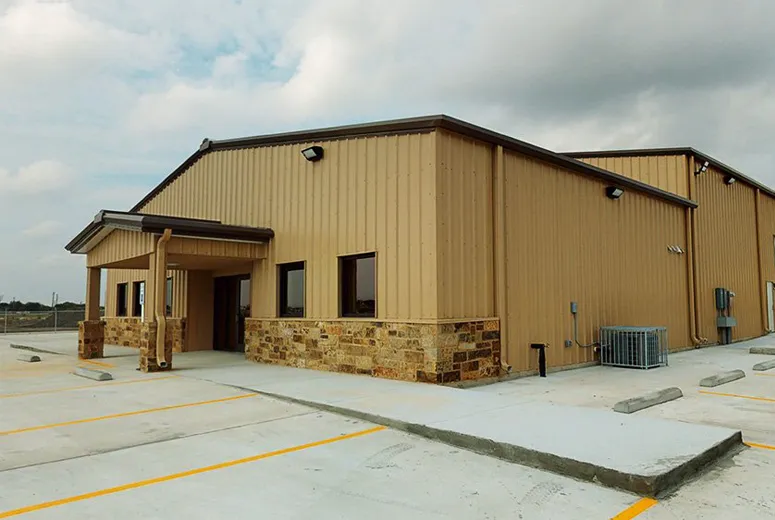- Afrikaans
- Albanian
- Amharic
- Arabic
- Armenian
- Azerbaijani
- Basque
- Belarusian
- Bengali
- Bosnian
- Bulgarian
- Catalan
- Cebuano
- Corsican
- Croatian
- Czech
- Danish
- Dutch
- English
- Esperanto
- Estonian
- Finnish
- French
- Frisian
- Galician
- Georgian
- German
- Greek
- Gujarati
- Haitian Creole
- hausa
- hawaiian
- Hebrew
- Hindi
- Miao
- Hungarian
- Icelandic
- igbo
- Indonesian
- irish
- Italian
- Japanese
- Javanese
- Kannada
- kazakh
- Khmer
- Rwandese
- Korean
- Kurdish
- Kyrgyz
- Lao
- Latin
- Latvian
- Lithuanian
- Luxembourgish
- Macedonian
- Malgashi
- Malay
- Malayalam
- Maltese
- Maori
- Marathi
- Mongolian
- Myanmar
- Nepali
- Norwegian
- Norwegian
- Occitan
- Pashto
- Persian
- Polish
- Portuguese
- Punjabi
- Romanian
- Russian
- Samoan
- Scottish Gaelic
- Serbian
- Sesotho
- Shona
- Sindhi
- Sinhala
- Slovak
- Slovenian
- Somali
- Spanish
- Sundanese
- Swahili
- Swedish
- Tagalog
- Tajik
- Tamil
- Tatar
- Telugu
- Thai
- Turkish
- Turkmen
- Ukrainian
- Urdu
- Uighur
- Uzbek
- Vietnamese
- Welsh
- Bantu
- Yiddish
- Yoruba
- Zulu
Dec . 10, 2024 01:18 Back to list
Small Livestock Buildings Essential Structures for Efficient Farming
Small livestock buildings play a crucial role in the management and welfare of various types of livestock, including chickens, goats, sheep, and pigs. These structures provide essential shelter, safety, and convenience for both the animals and the farmers. Understanding the importance of small livestock buildings can greatly enhance farm operations and improve the overall health and productivity of the animals.
The Purpose of Small Livestock Buildings
The primary purpose of small livestock buildings is to provide a safe and secure environment for animals. These structures protect livestock from harsh weather conditions, including extreme heat, cold, rain, and snow. By offering protection from the elements, farmers can ensure their animals remain healthy, reducing the risk of disease and stress-related issues. Additionally, well-designed buildings can help prevent predation by wild animals and limit the risk of theft.
Furthermore, small livestock buildings facilitate better management practices. They provide designated spaces for feeding, watering, and handling animals, which can significantly improve the efficiency of daily operations. When animals are housed in a centralized area, it allows for easier tracking of their health, breeding cycles, and overall productivity. Consequently, this can lead to better record-keeping and ultimately greater profitability for the farm.
Design Considerations
When constructing small livestock buildings, several design considerations come into play. Proper ventilation is critical to ensure good air quality and minimize the buildup of harmful gases, such as ammonia and carbon dioxide. Adequate airflow helps maintain a healthy environment for the livestock, thereby reducing the incidence of respiratory issues.
Insulation is another important factor. Depending on the climate, appropriate insulation materials help regulate the temperature inside the building. In colder regions, insulated walls and roofs can keep animals warm during winter months, while in warmer climates, proper ventilation and shading can prevent overheating.
Flooring is also a vital consideration. Different livestock species have varying requirements for flooring materials. For instance, poultry houses typically require slatted or mesh flooring to facilitate easy cleaning and prevent litter buildup, while larger animals like goats and sheep benefit from solid, non-slip surfaces that provide stability and comfort.
small livestock buildings

Size and Space Requirements
The size of small livestock buildings must be aligned with the number of animals being housed. Overcrowding can lead to stress, aggression, and the rapid spread of disease. Therefore, it’s essential to adhere to recommended space requirements for different types of livestock. For instance, chickens may require about 2 to 3 square feet per bird in indoor housing, while goats might need around 15 to 25 square feet each.
Moreover, incorporating outdoor space or runs can greatly enhance the welfare of livestock. Access to fresh air and natural light not only improves the quality of life for the animals but also promotes natural behaviors such as foraging and social interaction.
Maintenance and Hygiene
Maintaining small livestock buildings is key to ensuring the health of the animals. Regular cleaning and disinfection practices should be established to prevent the buildup of waste, which can harbor pathogens. The flooring, feeding equipment, and water sources must be consistently monitored and maintained to ensure a hygienic environment.
Additionally, effective waste disposal systems should be implemented. Composting manure not only reduces the environmental impact but also provides valuable nutrients that can be used to enhance soil quality in crop production.
Conclusion
In conclusion, small livestock buildings are an integral aspect of successful livestock management. By providing shelter, enhancing operational efficiency, and promoting animal welfare, these structures contribute significantly to the sustainability of farming practices. With careful planning, design, and maintenance, farmers can create effective and functional buildings that support the health and productivity of their livestock, ultimately leading to a successful agricultural endeavor. Emphasizing the importance of these buildings can help ensure that farming remains a viable and productive livelihood for generations to come.
-
How Do Prefabricated Steel Structures Transform Modern Construction?
NewsJul.14,2025
-
How Do Prefabricated Metal Buildings Redefine Modern Construction?
NewsJul.14,2025
-
How Do Prefab Insulated Metal Buildings and Steel Structures Revolutionize Modern Construction?
NewsJul.14,2025
-
How Do Pre - Engineered Steel Structures Redefine Modern Construction?
NewsJul.14,2025
-
Advancing Modular Construction with Prefabricated Metal Structures
NewsJul.14,2025
-
Advancing Industrial Infrastructure with Prefabricated Steel Solutions
NewsJul.14,2025
Products categories
Our Latest News
We have a professional design team and an excellent production and construction team.












